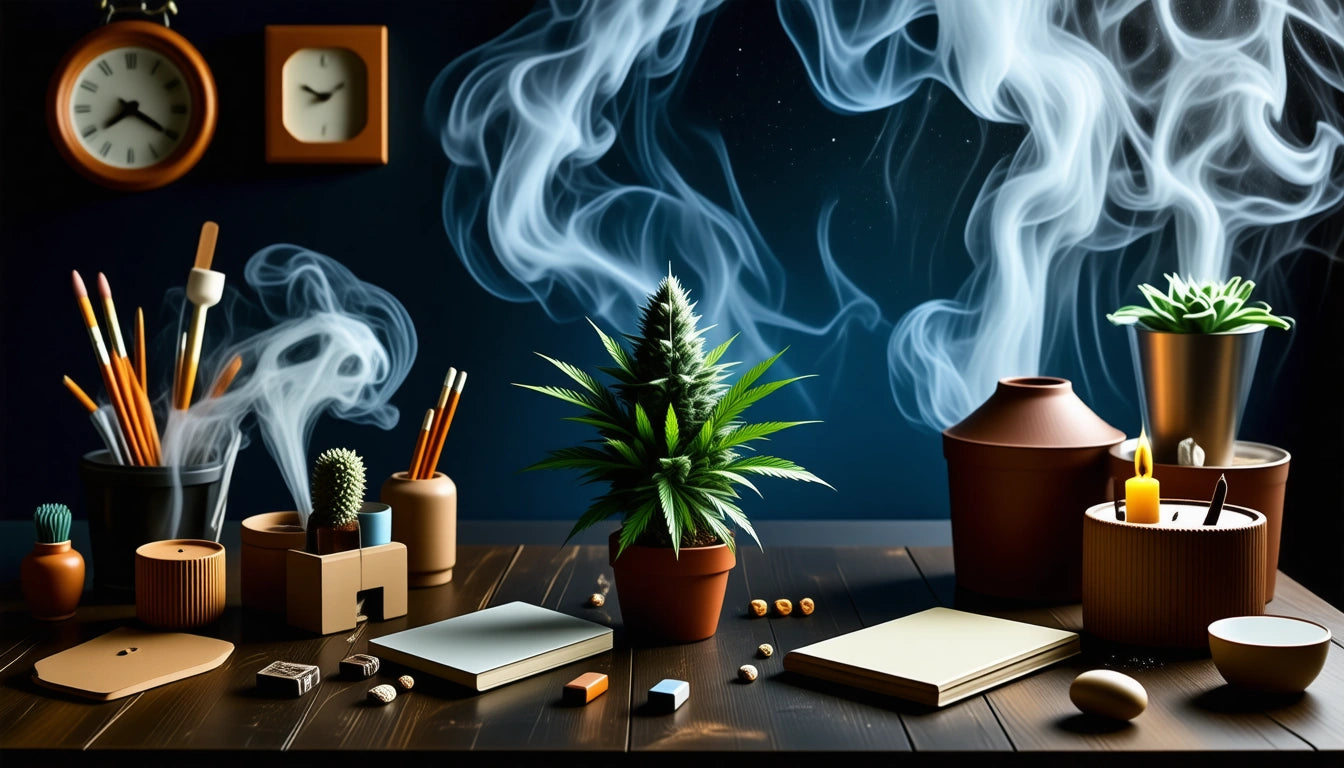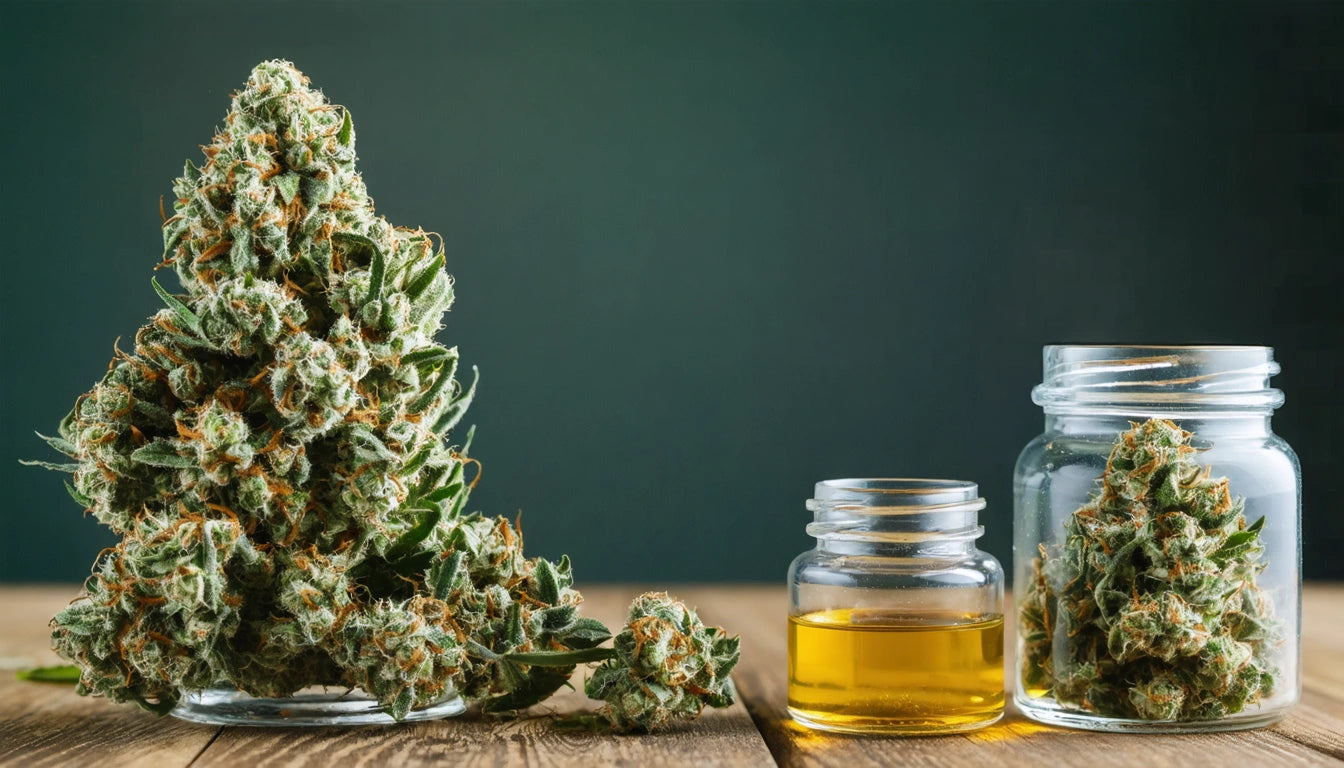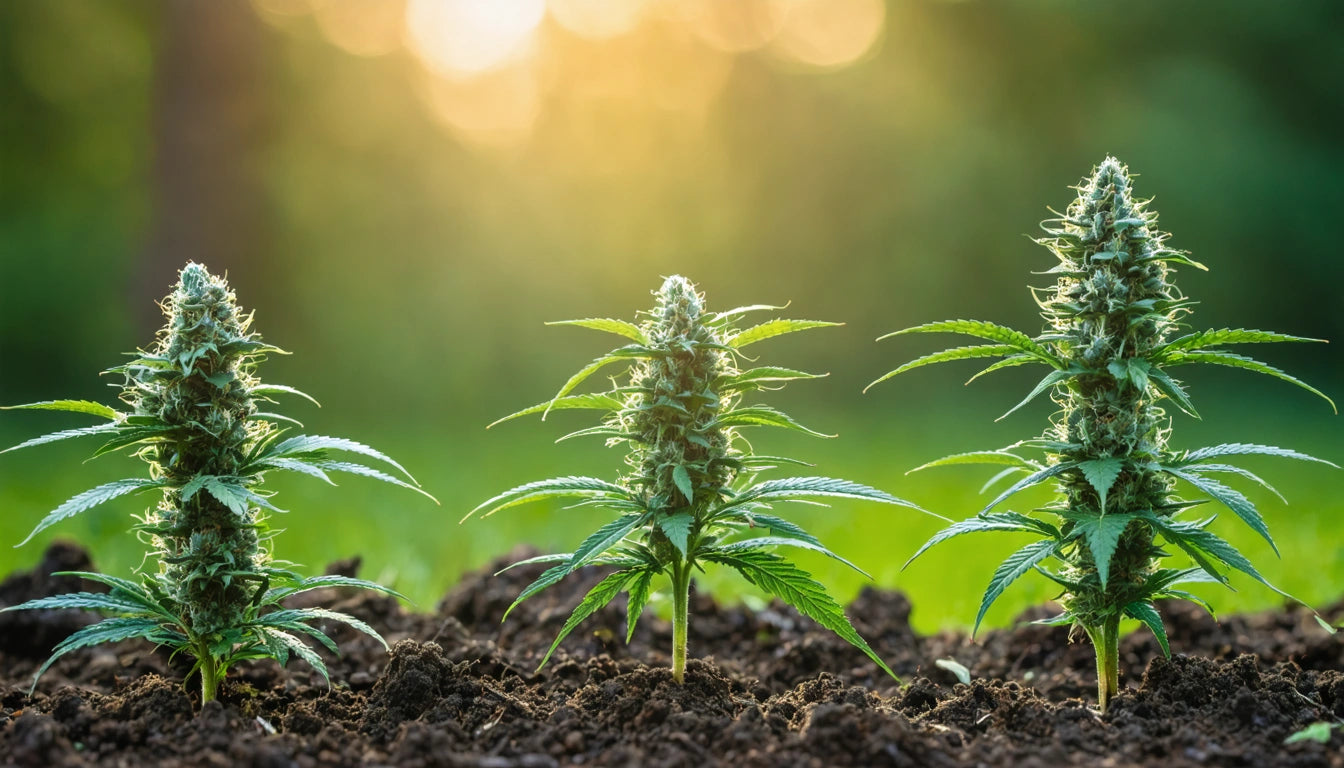Table of Contents
- The Cannabis-Dreams Connection: Understanding the Basics
- The Science Behind Why Weed Suppresses Dreams
- REM Sleep and Cannabis: The Critical Relationship
- Factors That Influence Dream Suppression in Cannabis Users
- Cannabis Tolerance and Its Effect on Dreaming
- The Dream Rebound Effect When You Stop Smoking
- Future Research and Therapeutic Applications
How Smoking Weed Impacts Your Dreams
Many cannabis users report a curious phenomenon: they don't seem to dream when they smoke weed regularly. This observation isn't just anecdotal but has scientific backing. Understanding how smoking weed impacts your dreams requires exploring the relationship between cannabis, sleep architecture, and dream recall.
The Cannabis-Dreams Connection: Understanding the Basics
Cannabis contains compounds that interact with our body's endocannabinoid system, which plays a role in regulating sleep. The primary psychoactive compound, THC (tetrahydrocannabinol), appears to be responsible for the dream-suppressing effects many users experience. When considering how cannabis packaging influences consumption habits, it's worth noting that properly portioned cannabis in specialized containers helps users manage their intake and potentially its effects on sleep patterns.
While many users report that weed helps them fall asleep faster, the quality and structure of that sleep differ significantly from natural sleep patterns. The question "does weed make you not dream?" has a complex answer rooted in how cannabis alters sleep cycles.
The Science Behind Why Weed Suppresses Dreams
To understand why you don't dream when you smoke weed, we need to examine how cannabis affects sleep architecture:
- Cannabis tends to reduce time spent in REM (Rapid Eye Movement) sleep, the phase where most dreaming occurs
- THC extends deep sleep phases at the expense of REM sleep
- The endocannabinoid system helps regulate sleep-wake cycles, which cannabis disrupts
Research indicates that cannabis users experience up to 30% less REM sleep than non-users. Since approximately 80-90% of dreams occur during REM sleep, this reduction explains why cannabis users often report diminished dream experiences.
REM Sleep and Cannabis: The Critical Relationship
REM sleep is crucial for cognitive functions including memory consolidation, emotional processing, and learning. Cannabis affects sleep patterns in complex ways:
How THC Alters Sleep Cycles
THC binds to cannabinoid receptors in the brain regions that regulate sleep. This binding action:
- Reduces the time it takes to fall asleep (sleep latency)
- Increases slow-wave (deep) sleep duration
- Suppresses REM sleep, where dreaming primarily occurs
Does smoking weed stop you from dreaming entirely? Not completely, but it significantly reduces dream recall because of diminished REM sleep.
Factors That Influence Dream Suppression in Cannabis Users
Several variables determine the extent to which cannabis affects your dreams:
Dosage and Timing
Higher THC consumption typically leads to greater REM suppression. Evening use has more pronounced effects on dream cycles than daytime use. Cannabis impacts sleep quality differently depending on when it's consumed relative to bedtime.
Strain and Cannabinoid Profile
Different cannabis strains affect sleep architecture uniquely:
- High-THC strains typically cause more significant REM suppression
- CBD-dominant strains may have less impact on dream cycles
- Terpene profiles can influence how cannabis affects sleep stages
Cannabis Tolerance and Its Effect on Dreaming
Regular cannabis users develop tolerance to many of weed's effects, but REM suppression appears to persist even in long-term users. Studies on cannabis consumption patterns show that chronic users consistently report reduced dream recall compared to non-users.
This persistent effect on dreaming may be due to how cannabinoids alter the sleep-regulating mechanisms in the brain over time. Even as other effects diminish with tolerance, the impact on sleep architecture remains relatively stable.
The Dream Rebound Effect When You Stop Smoking
One of the most fascinating aspects of cannabis and dreaming is what happens when regular users take a break or quit entirely. Many report experiencing intensely vivid dreams, sometimes described as overwhelming or movie-like in their detail and emotional impact.
This phenomenon, known as "REM rebound," occurs because:
- The brain compensates for lost REM sleep by increasing REM duration and intensity
- Dreams may seem more vivid due to the contrast with the previous period of reduced dreaming
- The brain processes accumulated emotional content that wasn't addressed during the period of suppressed REM sleep
This rebound effect typically begins within 1-3 days after cessation and may last for several weeks as the brain readjusts to normal sleep patterns. Cannabis affects perception even after use stops, particularly in how we experience dreams during this rebound period.
Future Research and Therapeutic Applications
The relationship between cannabis and dreaming has potential therapeutic applications that researchers are beginning to explore. For individuals suffering from PTSD or nightmare disorders, the dream-suppressing effects of cannabis might offer therapeutic benefits. Conversely, the REM rebound effect could potentially be harnessed for dream-based therapies once cannabis use is discontinued.
Understanding exactly how and why weed affects dreams opens doors to targeted sleep therapies. As cannabis legalization expands, more research will likely explore these connections between cannabinoids, sleep architecture, and dream states, potentially leading to specialized formulations designed to address specific sleep disorders while minimizing unwanted effects on overall sleep quality.
Whether you're using cannabis recreationally or medicinally, being aware of its impact on your dream cycles can help you make informed decisions about consumption patterns and timing to achieve your desired sleep outcomes.











Leave a comment
All comments are moderated before being published.
This site is protected by hCaptcha and the hCaptcha Privacy Policy and Terms of Service apply.